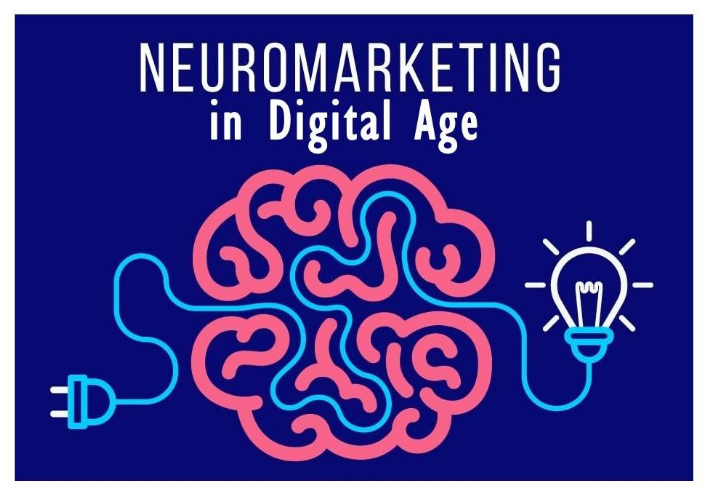

Psychology in Digital Marketing
By Rowena Fernandes, ‘Challenging Stereotypes.’

While the world was thrown into a COVID-19 whirlwind, digital marketing ballooned into a-must have life hack for most businesses. And as marketers, we were forced to think about technologies needed and learn digital analytics to decode the changing buying behaviours.
We all know the cardinal rule of keeping ‘customer at the centre’ of every campaign. Hence understanding human behaviour and reaching to our target customer through digital media becomes imperative.
Remember most marketing campaigns are about creating some kind of brain activity which will lead to a desired behaviour (e.g.buying a product). Renowned authors like Nir Eyal and James Clear have been instrumental in deciphering The Behaviour Model designed by Dr BJ Fogg and have written how behaviours are/can being influenced by using psychologically designed products or/and services.
So what exactly is Dr. B J Fogg model of Behaviour?
Dr. B J Fogg model shows that there are three elements that must meet for a behaviour to occur:
B=MAP
Behaviour (B) happens when Motivation (M), Ability (A) and a Prompt (P) come together at the same moment.
B J Fogg’s model has three unique advantages:
A simple step by step method in which you can use the Fogg Model of Behaviour for any digital campaign is as follows:
So, how can we make use of this model in Digital Marketing?
Simply put, by gauging how people respond to your campaigns or advertisements. Take these two examples:
Example 1: People visit your website but do not subscribe to the newsletter. In this case the ability or ease with which they can subscribe is very low, but their motivation is even lower. You can increase the motivation by offering a 20% discount code or a free e-book for signup. It is also possible that they simply didn’t notice the signup box on your website. In this case, there was no trigger to cause action. You may add a popup box to trigger the behaviour, if signups are important for your business.
Example 2: People are looking for a complex B2B solution which you offer. They click on a Google Ad you’re running but do not continue the process. This may be because they perceive the process to be very complicated, or very expensive (missing ability). You can make this easier by stating things like “Our prices are best in the market. It only takes ten minutes to get started with our free expert consultation.” This may increase the chances of them converting as a lead.
In the first example, the ability required was low but the motivation was even lower. You can tip the scale by rewarding the behaviour. In the second example, the motivation to find a solution was high but the perceived ability required was also high. You can make the process easier, use less intimidating words, and use phrases like “step by step guidance” or whatever else may apply to your case to ease the person on the other end. In both cases, a clear, prominent trigger (usually referred to as “Call to Action” in digital marketing) is required.
To summarise, through digital media, a marketer can create customer delight with trivial level of expenditure by a) changing the actual nature of the product by changing the perceptions and b) intervening very very contextually close to the moment where buying decisions are made.
Thus understanding human behaviour and going digital will help businesses and brands to maintain a strong bond with their target customers, no matter what 2022 hurls our way!
Author
Rowena Fernandes
Editor
Mridula Saravanan
We at CaratLane are solving some of the most intriguing challenges to make our mark in the relatively uncharted omnichannel jewellery industry. If you are interested in tackling such obstacles, feel free to drop your updated resume/CV to careers@caratlane.com!

Leave a Reply